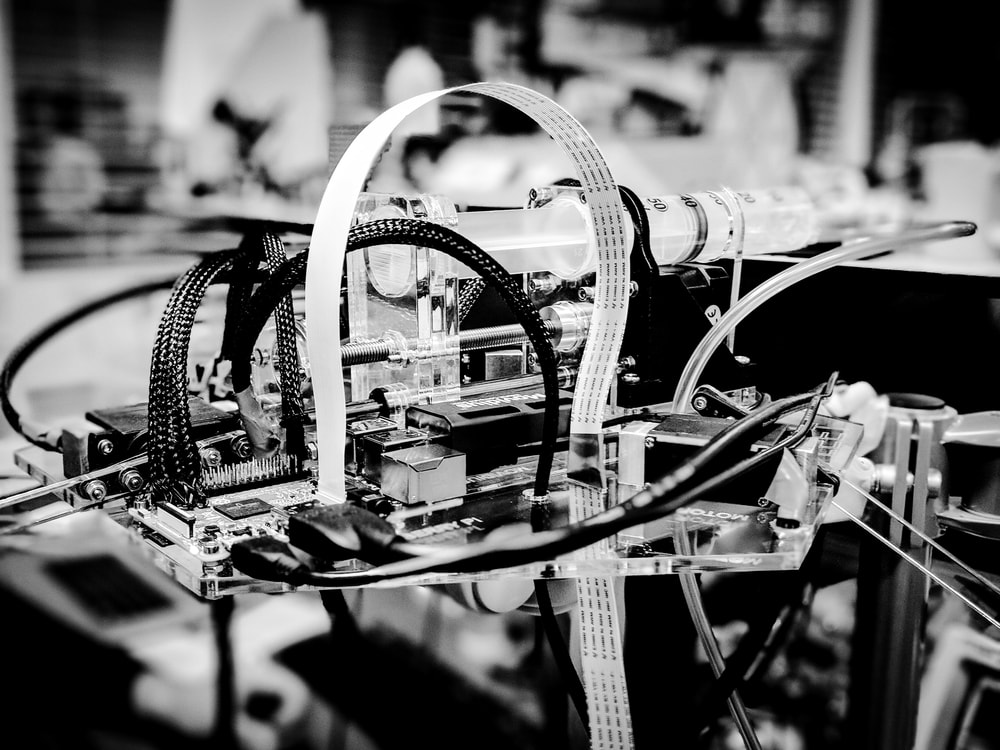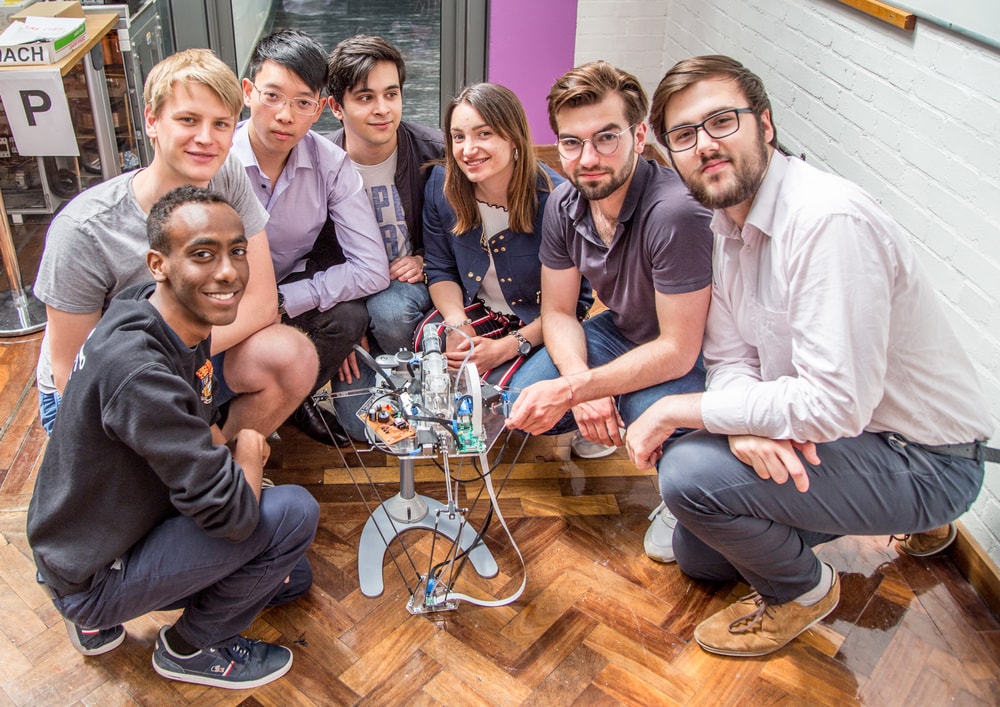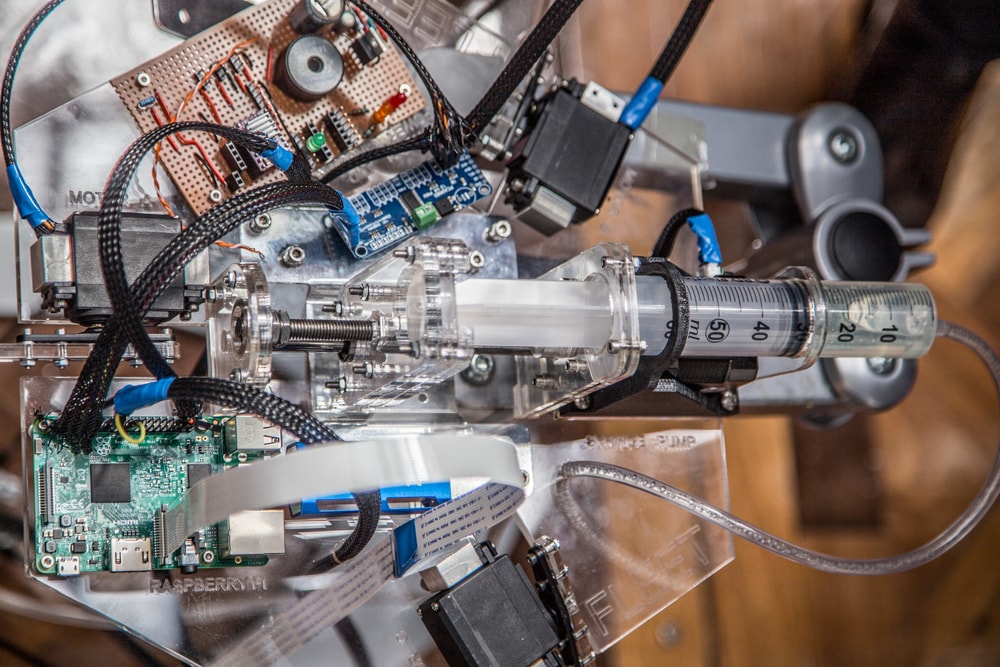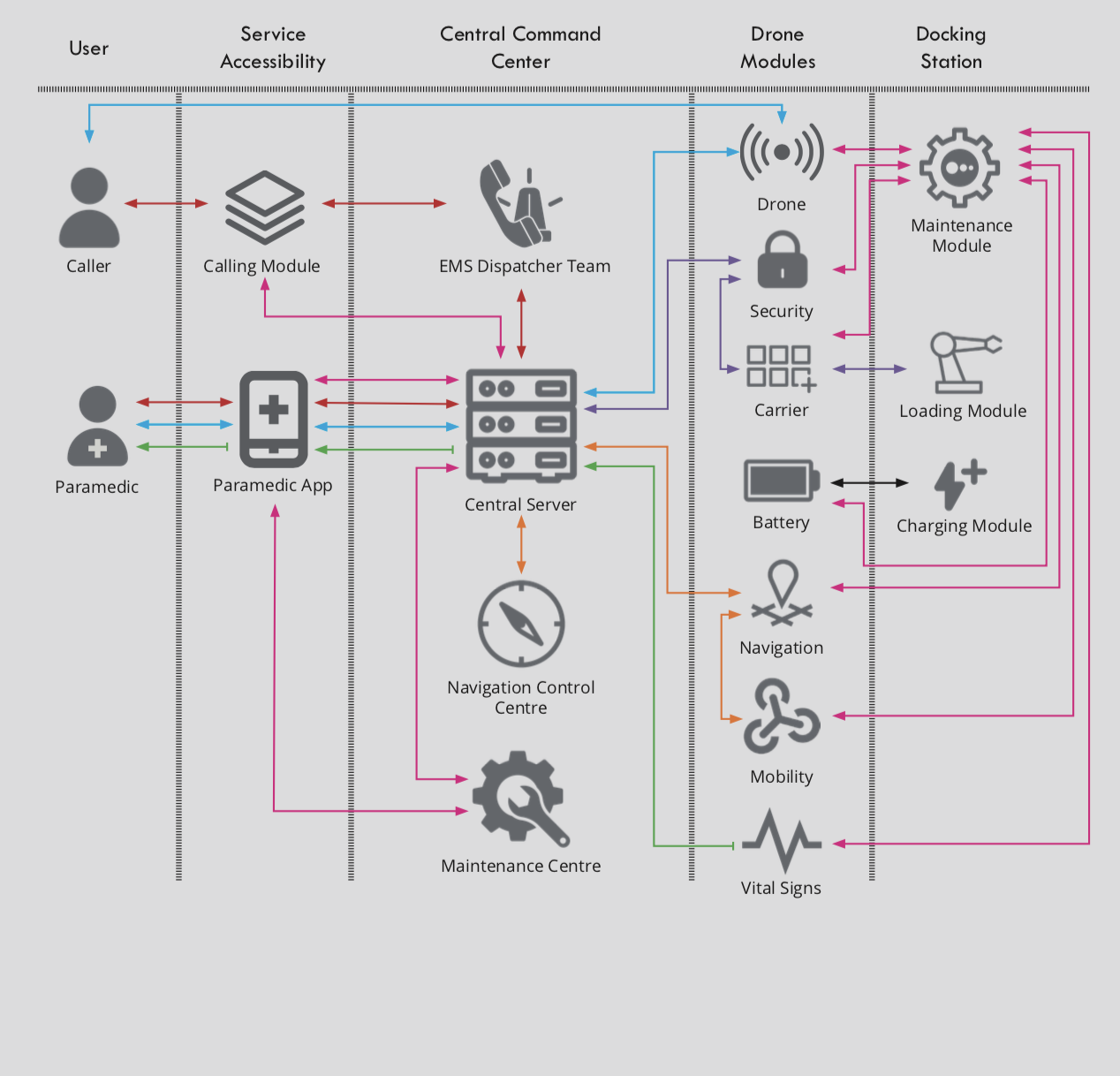The Issue
Technological innovation is transforming the field of medicine. The resources available at a modern-day hospital allow for doctors to treat patients with an increasingly large range of issues. Using new technologies, medical emergencies that once seemed certainly fatal can now be better battled, significantly elevating patients’ chances of survival.
However, this recent upsurge in innovation has yet to influence the Emergency Medical Services (EMS) industry. As a result, EMS response times have plateaued, and a large number of patients that doctors are now capable of helping are lost. The current widely implemented EMS system is based on first-aid being provided by paramedics, travelling via ambulance. Thus, response times are dependent on and restricted by traffic conditions and the quality of infrastructure.
In life-threatening medical emergencies, receiving first-aid at an early stage can revive the patient or increase their time to death, allowing more time for their transportation to a hospital. Examples of such medical emergencies include heart attacks and gunshot/knife wounds. Regarding wounds, first-aid delivered at an early stage can prevent fatal blood loss and hypothermia.
Technological innovation is transforming the field of medicine. The resources available at a modern-day hospital allow for doctors to treat patients with an increasingly large range of issues. Using new technologies, medical emergencies that once seemed certainly fatal can now be better battled, significantly elevating patients’ chances of survival.
However, this recent upsurge in innovation has yet to influence the Emergency Medical Services (EMS) industry. As a result, EMS response times have plateaued, and a large number of patients that doctors are now capable of helping are lost. The current widely implemented EMS system is based on first-aid being provided by paramedics, travelling via ambulance. Thus, response times are dependent on and restricted by traffic conditions and the quality of infrastructure.
In life-threatening medical emergencies, receiving first-aid at an early stage can revive the patient or increase their time to death, allowing more time for their transportation to a hospital. Examples of such medical emergencies include heart attacks and gunshot/knife wounds. Regarding wounds, first-aid delivered at an early stage can prevent fatal blood loss and hypothermia.



